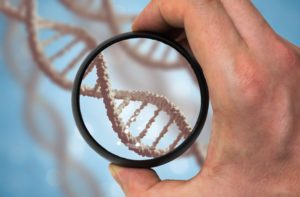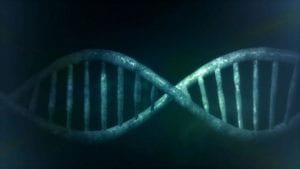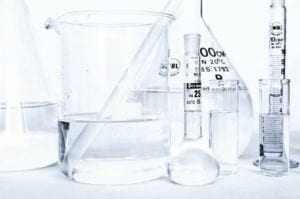There are three different types of MPS I:
- Hurler Syndrome – or MPS IH is the most severe form of MPS I. Symptoms first become evident between 6 months and 2 years of age, with developmental delay, recurrent urine and upper respiratory infections, noisy breathing, and a persistent nasal discharge.
- Scheie syndrome – or MPS IS is the mildest form of MPS 1. patients typically have normal intelligence, stature and life expectancy, but suffer from physical symptoms such as stiff joints, clouding of the cornea, and flow of blood in the heart (aortic regurgitation). The onset of symptoms in patients with Scheie syndrome usually occurs after the age of 5 years. However, diagnosis is commonly delayed to between 10 to 20 years of age.
- Hurler-Scheie syndrome is the intermediate form of MPS I, and is characterized by normal intelligence but progressive physical involvement which is milder than the physical signs and symptoms associated with both other MPS I types. Corneal clouding, joint stiffness, deafness and valvular heart disease can develop by the early to mid-teens, causing significant impairment.

Zachary Thomas Newborn Screening Act Could Introduce MPS I to Alabama’s Newborn Screening Panel
Jessica Lynn
February 21, 2024
Read More »


Researchers Track Gene Therapy’s Impact on Neural Connections in Hurler Syndrome
Jessica Lynn
September 15, 2023
Read More »


Patient Story: The Story Of A Young Boy with MPS 1 Aids in Donations for Rare Disease Center
Alyssa Stevens
May 31, 2022
Read More »


Sanofi is Making Strides in Lysosomal Storage Disease Research
Trudy Horsting
March 27, 2020
Read More »





